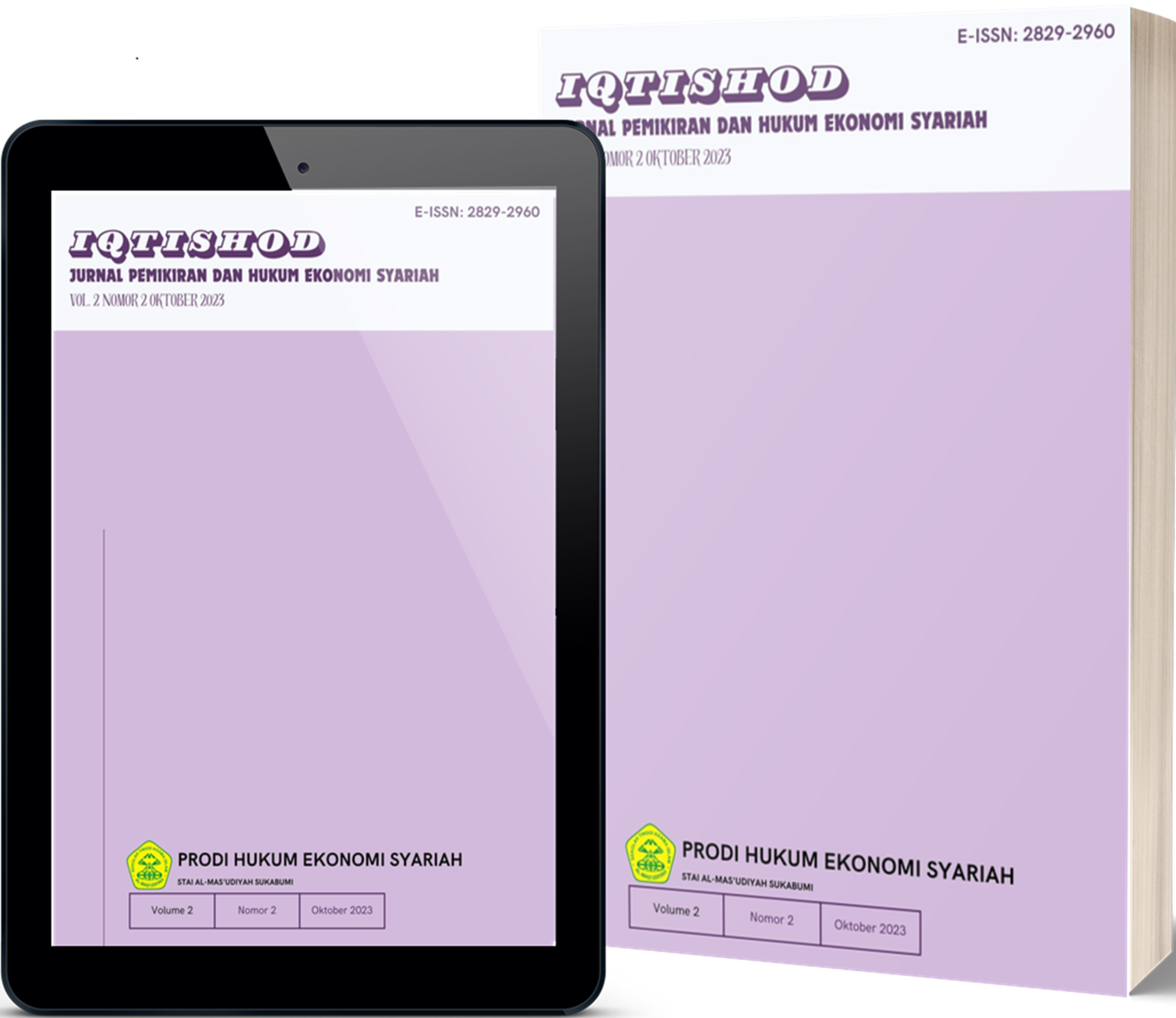Strategi Pemasaran Cicil Emas Dan Tabungan Emas Sebagai Produk Unggulan Di Lembaga Keuangan Syari’ah
Studi Kasus pada Bank Syari’ah Indonesia dan Pegadaian Syari’ah di NTB
DOI:
https://doi.org/10.69768/ji.v4i1.76Abstract
This study aims to analyze the marketing strategy of gold installments and gold savings as leading products in islamic financial institutions at bank syariah indonesia (bsi) and pegadaian syariah in west nusa tenggara (ntb). Gold installments and gold savings as one of the leading products that are increasingly enjoyed by customers as a safe and profitable investment alternative and make it easier for people to own gold. This type of research uses a qualitative method through library research, where data collection is carried out by reading, understanding, and recording information from various sources that are relevant to the problem being studied. The results of the study obtained through showing that bsi and pegadaian syariah prioritize sharia principles in the marketing aspect of gold installments and gold savings to customers or the ntb community by emphasizing transparency, fairness and benefits. Both institutions also utilize digital technology and social media to expand market reach and increase public awareness of gold installment products. This research is expected to contribute to better insight into the importance of developing marketing strategies that are in accordance with sharia principles in promoting superior products that can strengthen the position of sharia financial institutions in the indonesian market
Downloads
Downloads
Published
How to Cite
Issue
Section
License
Copyright (c) 2025 IQTISHOD: Jurnal Pemikiran dan Hukum Ekonomi Syariah

This work is licensed under a Creative Commons Attribution-NonCommercial-NoDerivatives 4.0 International License.




